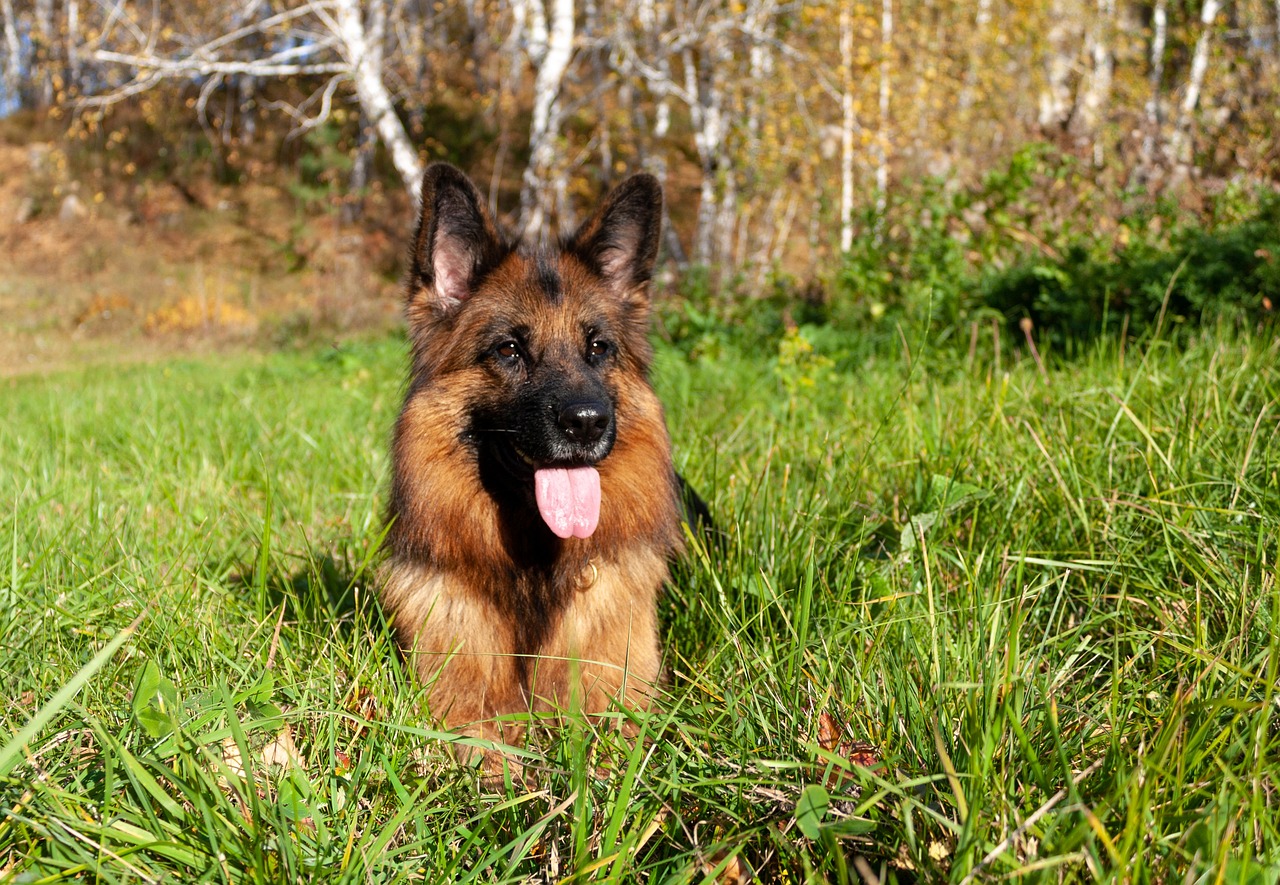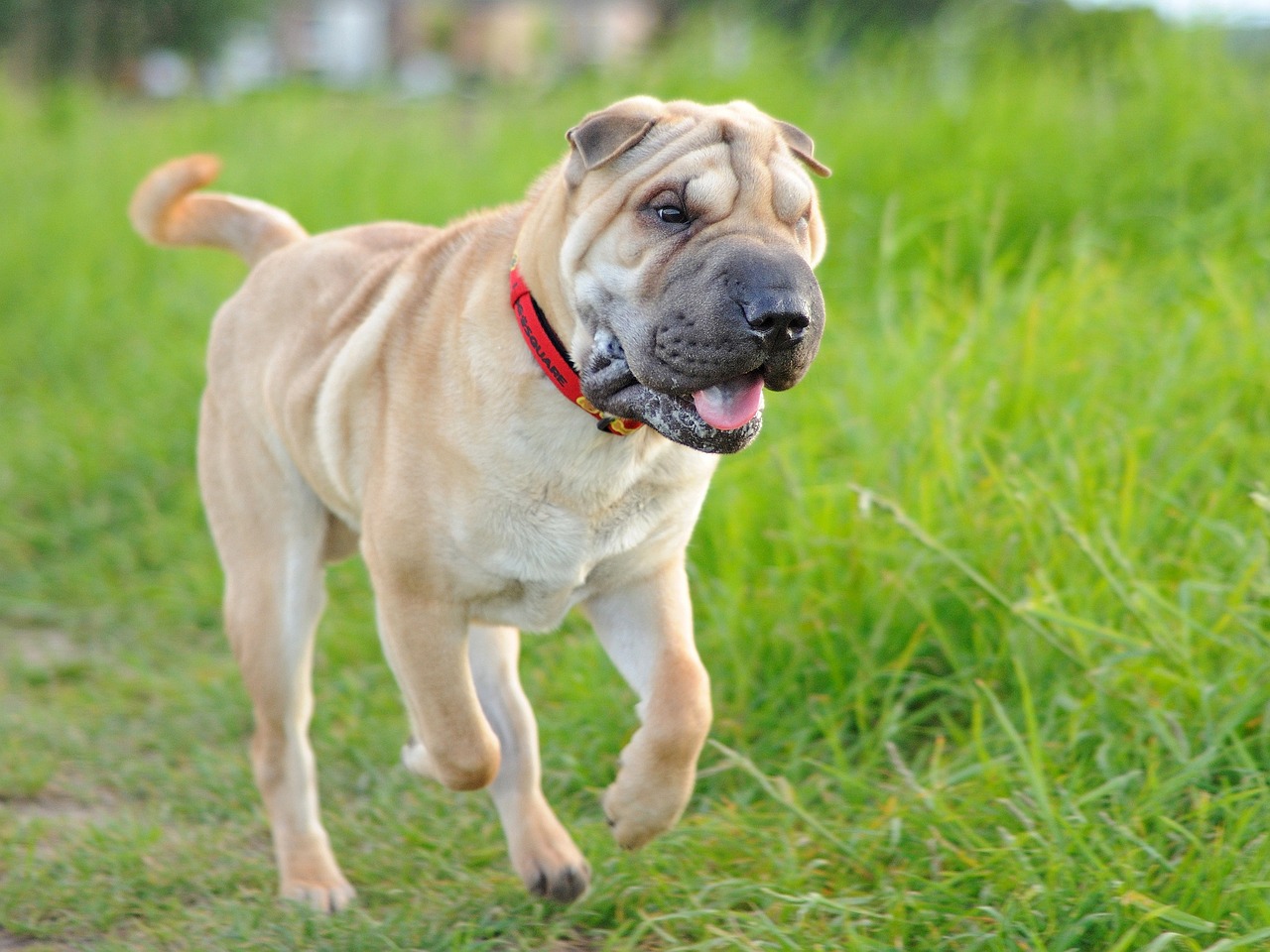The Weimaraner, often known as the “Gray Ghost” for its distinctive coat, is a breed celebrated not only for its sleek, athletic physique but also for its beautiful color variations. Originating from Germany where they were bred as hunting dogs, Weimaraners possess a grace and stamina that is mirrored in their elegant coats. While they may not feature the broad palette of colors seen in some other breeds, the variations they do exhibit are striking in their subtlety and depth. This article explores seven stunning color variations of the Weimaraner, each bringing a unique aspect to this noble breed’s appearance.
1. Silver-Gray

The Silver-Gray Weimaraner is the most iconic and recognized color of this breed. This coat color radiates a metallic sheen that can range from a lighter, almost mystical silver to a deeper, darker gray. The sleek, short hair of the Weimaraner enhances this metallic quality, especially in sunlight. This variation is not just beautiful; it also historically helped provide camouflage in the German forests during hunts. Silver-Gray Weimaraners are admired for their almost regal appearance which reflects their aristocratic origins.
2. Blue

The Blue Weimaraner is a variation that shows a deeper, steel-gray color which can appear almost blue in certain lights. This color is a result of a dilution gene and is somewhat rarer than the traditional gray. Though not recognized by all kennel clubs for show standards, Blue Weimaraners are sought after for their unique coat. It’s important to note that the blue coat does not affect the dog’s temperament or health. These dogs share the same vibrant energy and affectionate nature as their Silver-Gray counterparts.
3. Mouse-Gray

Mouse-Gray Weimaraners have a coat color that is a subtle blend of lighter gray shades, giving a softer appearance compared to the more common Silver-Gray. This color can sometimes be mistaken for a faded black but is indeed a very light gray with a hint of brown. The Mouse-Gray variation is quite rare and provides a softer visual texture that is gentle on the eyes. This color variant retains the breed’s characteristic short, smooth coat which requires minimal grooming.
4. Silver

Silver Weimaraners showcase a brighter, more vibrant gray compared to the classic Silver-Gray. This coat shimmers brilliantly under sunlight, highlighting their sleek contours and muscular build. This variation tends to catch the eye with its almost luminescent quality and is especially striking during the dogs’ energetic play. Silver Weimaraners maintain the breed’s typical friendly and fearless temperament, making them excellent companions both at home and in the field.
5. Fawn
Fawn Weimaraners are a lighter variation that exhibits a warm, sandy color. This is among the rarest coat colors in the breed and is not widely recognized within breed standards for competition. However, Fawn Weimaraners are just as capable and lovable as their gray counterparts. Their unique coloring makes them stand out in a crowd and can be a real conversation starter in dog parks and other public places.
6. Cream

Cream Weimaraners are an even rarer color variation, displaying a very pale, almost white-gray coat. These dogs are exceedingly rare and often result from specific breeding choices. While beautiful, this variation is not typically desired for traditional hunting roles, given their high visibility, but they can be perfect as a family pet due to their distinctive looks and gentle nature.
7. Black

While very unusual and not recognized by most kennel clubs, there are instances of Black Weimaraners due to genetic anomalies. These dogs do not display the typical dilute gene seen in the gray shades but instead have a solid black coat. Black Weimaraners are considered quite the novelty and, despite their non-standard color, retain all the breed-specific traits such as intelligence, energy, and a friendly disposition.
In conclusion, the Weimaraner is a breed that combines beauty with agility, intelligence, and an affectionate nature. While traditionally celebrated for their gray shades, the less common colors each have their own unique beauty and appeal. Regardless of the color, a Weimaraner’s true value is as a loyal companion and a competent sporting dog. Their colors might vary, but the captivating spirit of the Weimaraner shines brightly through each variation, making them cherished members of any household.
Frequently Asked Questions About German Shepherd Colors
1. What is the typical temperament of a Weimaraner?
Weimaraners are known for their energetic, affectionate, and intelligent temperament. They are often described as being friendly and outgoing, but they can also be quite headstrong and willful. This breed thrives on human companionship and suffers if left alone for long periods, which can lead to separation anxiety and destructive behaviors. Early socialization and consistent, firm training are crucial to manage their exuberant personality. Weimaraners are excellent with children and make devoted family pets, but their high energy levels and size require careful handling, especially around young children.
2. How much exercise does a Weimaraner need?
Weimaraners are high-energy dogs that require a lot of physical activity to stay healthy and happy. They need at least one to two hours of exercise daily; this should include activities that engage both their mind and body. Activities like running, hiking, and retrieval games are ideal to satisfy their stamina. Without sufficient exercise, Weimaraners can become restless and display behavioral issues. They are best suited to active families who can commit to their extensive exercise needs.
3. Are Weimaraners easy to train?
Weimaraners are very intelligent and capable of learning quickly, but they can also be stubborn, making training a challenge for inexperienced owners. They respond best to positive reinforcement techniques such as treats, praises, and play. Early socialization and obedience training are essential to shape a well-behaved adult dog. Consistency and patience are key in training Weimaraners, as is ensuring they have plenty of mental and physical stimulation to prevent boredom and destructive behaviors.
4. What are common health problems in Weimaraners?
Weimaraners are generally healthy, but like all breeds, they are prone to certain health conditions. These include hip dysplasia, gastric torsion (bloat), von Willebrand’s disease (a bleeding disorder), and hypertrophic osteodystrophy (a bone disease). Regular veterinary check-ups and a proper diet can help manage and prevent these conditions. Potential owners should ensure their Weimaraner comes from a reputable breeder who conducts genetic testing and health screenings on their breeding stock.
5. How long do Weimaraners typically live?
Weimaraners typically have a lifespan of 10 to 13 years. Factors that can influence their lifespan include genetics, diet, and the level of care they receive. Providing a healthy diet, regular exercise, routine veterinary care, and a loving home can help maximize a Weimaraner’s life expectancy.
6. What type of coat care does a Weimaraner require?
Weimaraners have a short, sleek coat that is relatively easy to care for. They require regular brushing to help manage shedding and keep their coat shiny. Bathing should be done occasionally or as needed. Despite their short hair, Weimaraners can shed quite a bit, especially seasonally. Regular nail trimming and ear cleaning are also important to prevent health issues.
7. Are Weimaraners good with children?
Weimaraners are known for being affectionate and loyal, making them generally good with children, especially when raised with them. However, due to their size and exuberant energy, they might inadvertently knock over smaller children. Supervision is recommended when they are interacting with young children. Teaching children how to interact safely with dogs and training your Weimaraner properly can help foster a safe and enjoyable relationship.
8. Can Weimaraners live in apartments?
While Weimaraners can adapt to apartment living, it’s not ideal due to their high energy levels and need for regular, vigorous exercise. They are best suited to a home with a large, securely fenced yard where they can run freely. If living in an apartment, their exercise needs must be met through long walks, runs, and active play sessions multiple times a day.
9. Do Weimaraners get along with other pets?
Weimaraners can get along with other dogs and pets, especially if they are raised with them from puppyhood. However, their strong prey drive can be triggered by small animals, such as cats or rabbits, unless socialized early and thoroughly. It’s important to introduce pets slowly and under controlled conditions to ensure compatibility and safety.
10. What should I feed my Weimaraner?
A Weimaraner should be fed a high-quality, nutritionally balanced diet that is appropriate for their age, size, and activity level. Protein is particularly important for this active breed to help maintain their muscle mass. It’s also crucial to monitor their food intake to prevent obesity, especially since they can be prone to bloat. Consult with a veterinarian to determine the best diet for your individual dog, taking into account any specific health needs.

 2 weeks ago
19
2 weeks ago
19
















![Cost of a Borzoi Puppy by US Region [2024]](https://iheartdogs.com/wp-content/uploads/2024/04/borzoi-4950553_1280.jpg)

 English (US) ·
English (US) ·